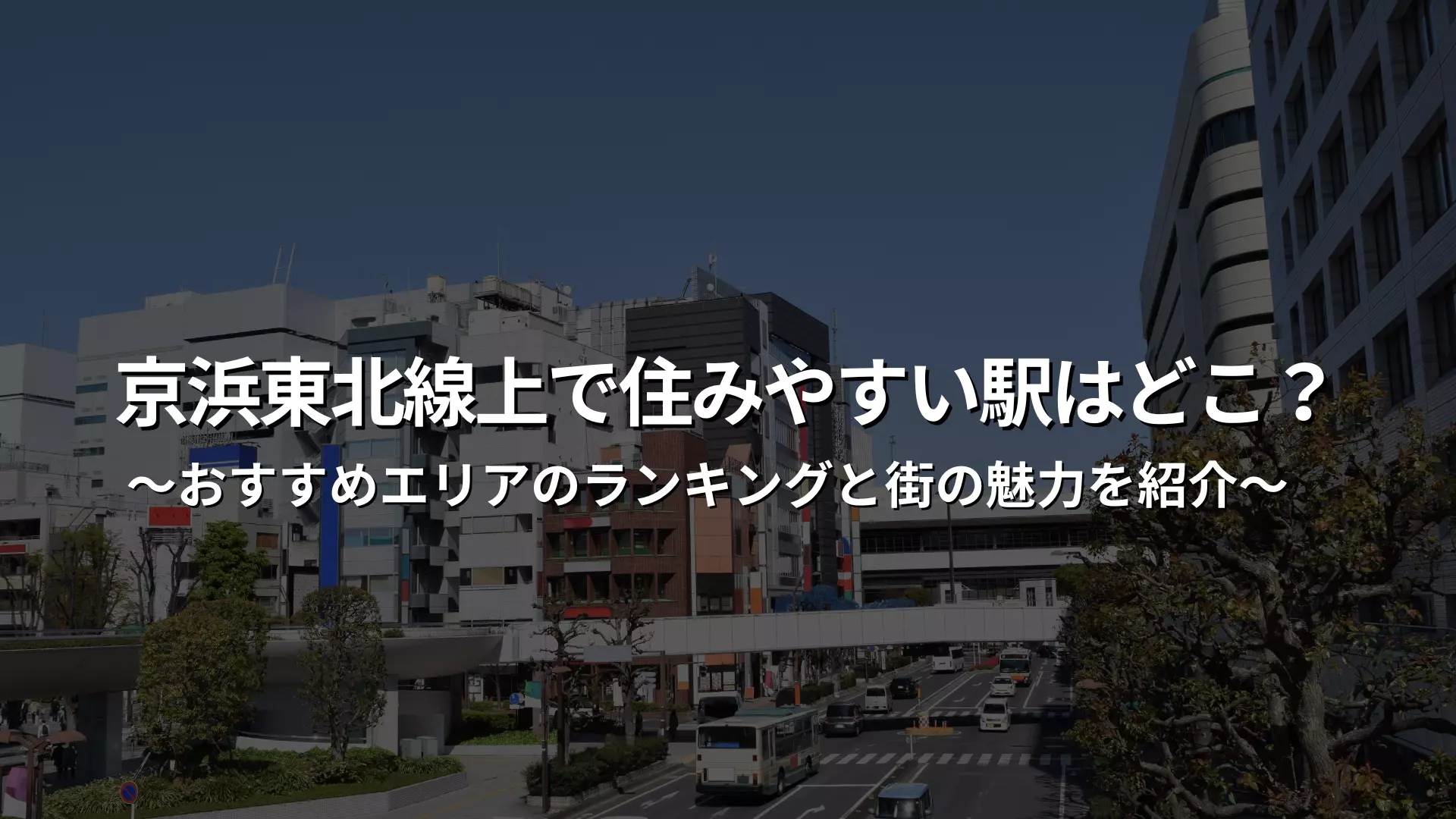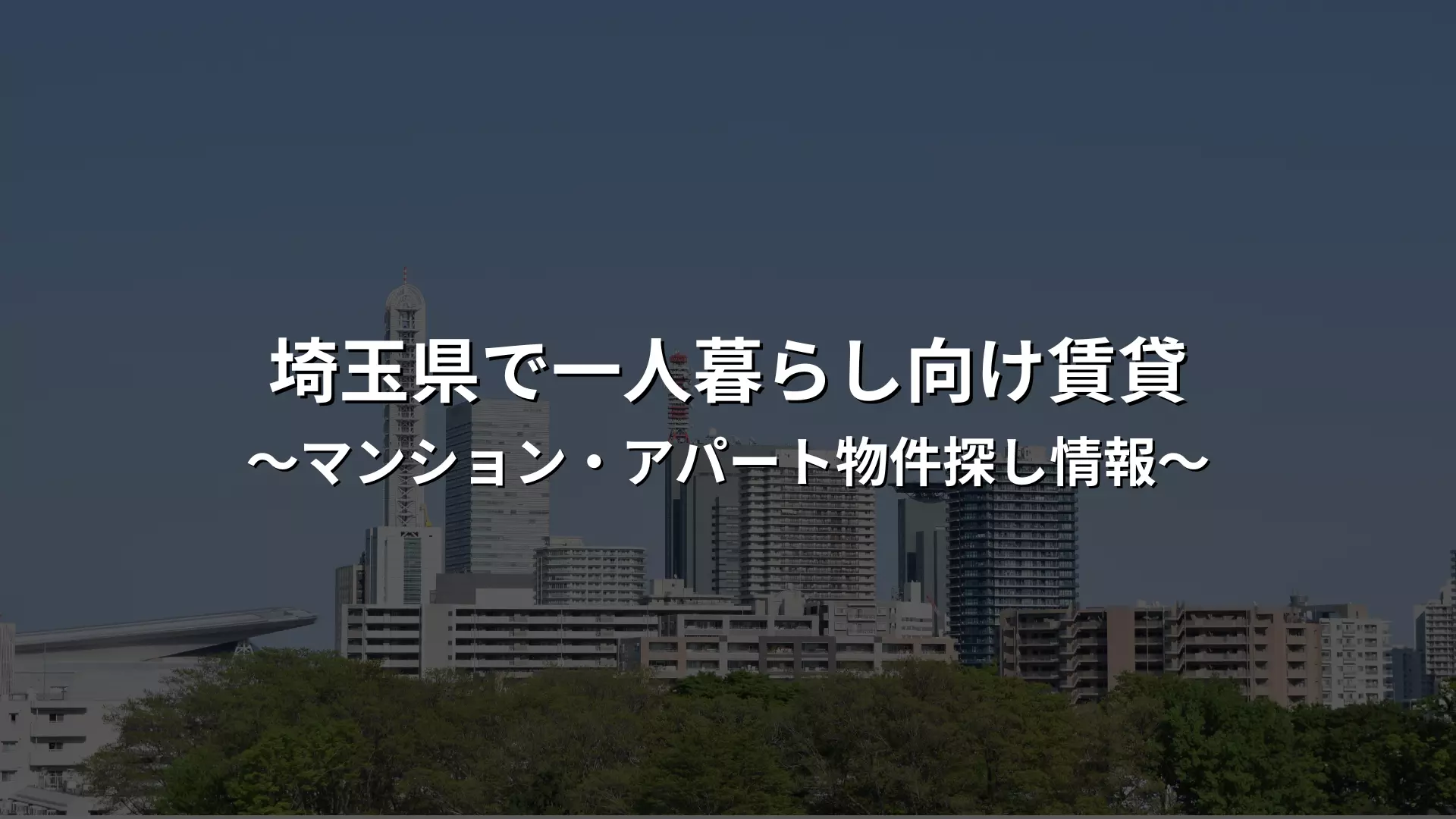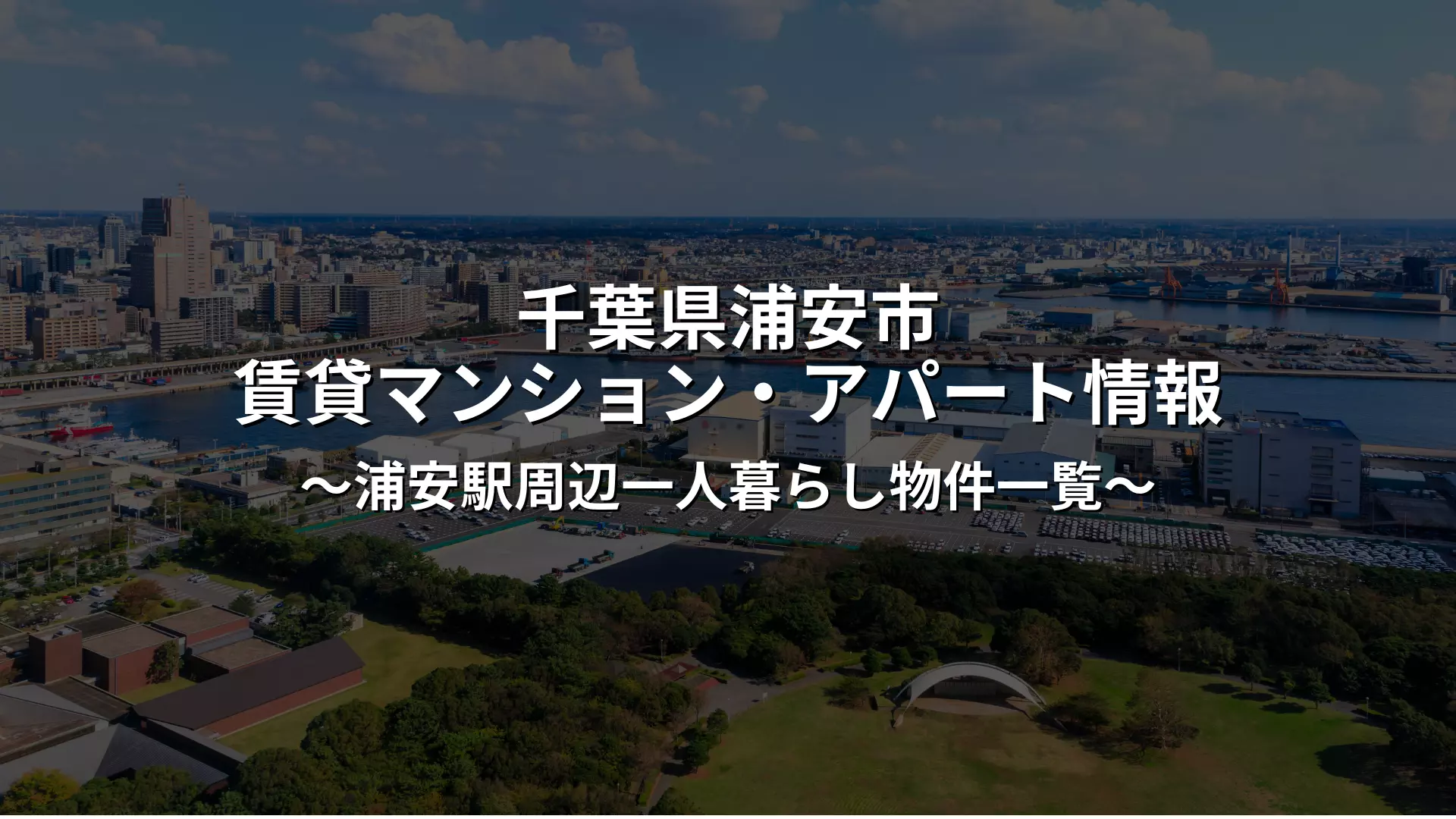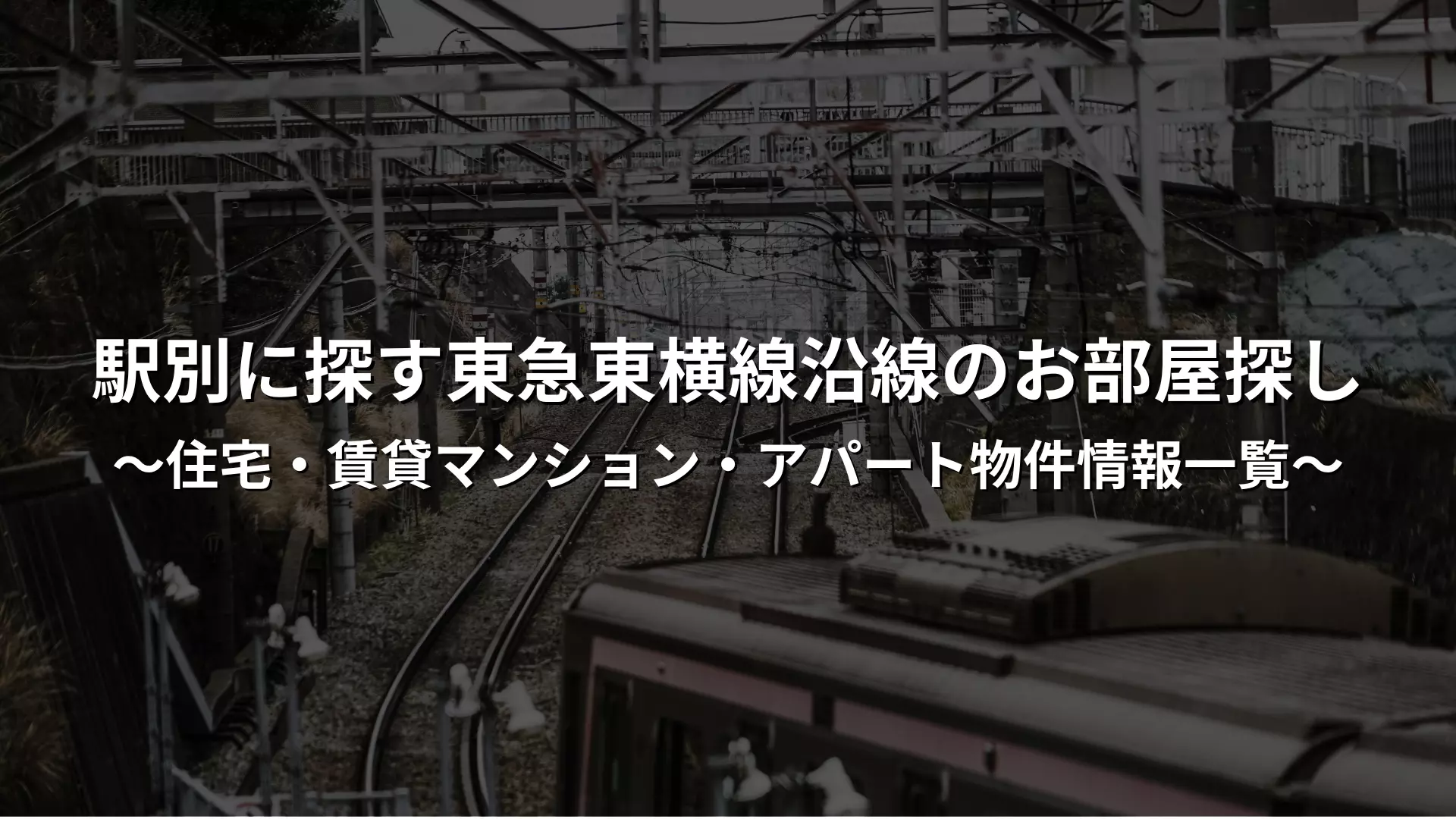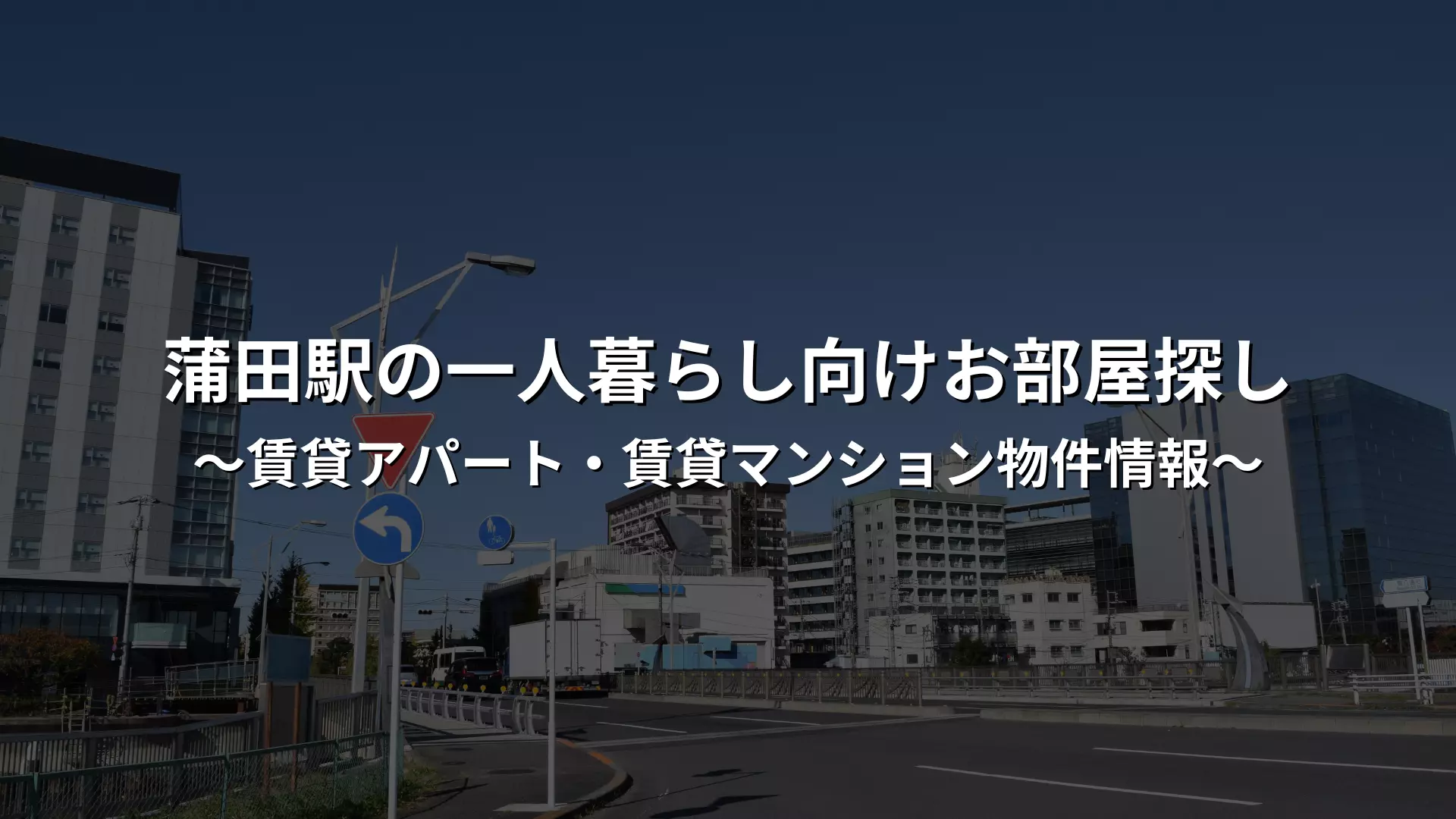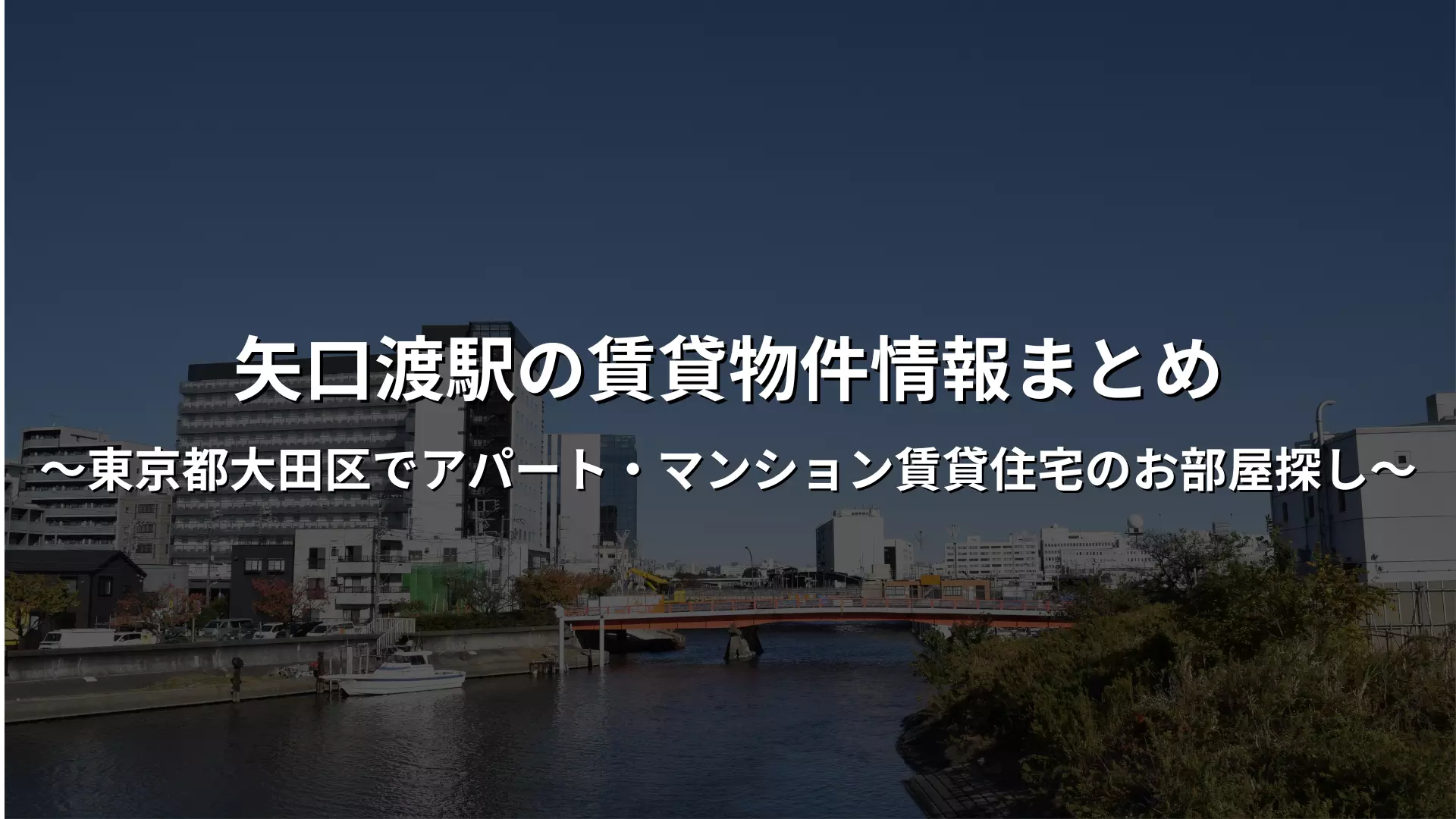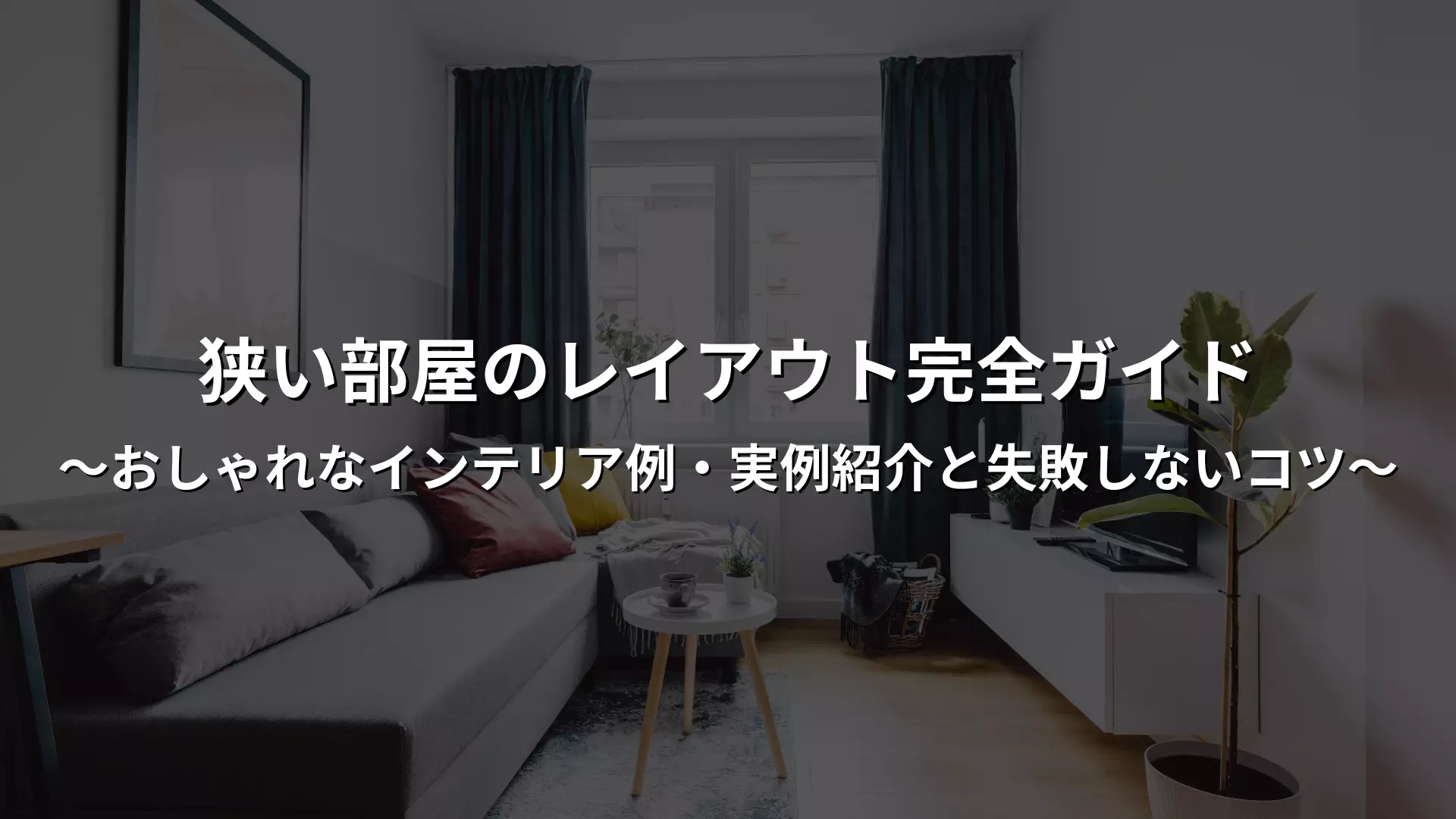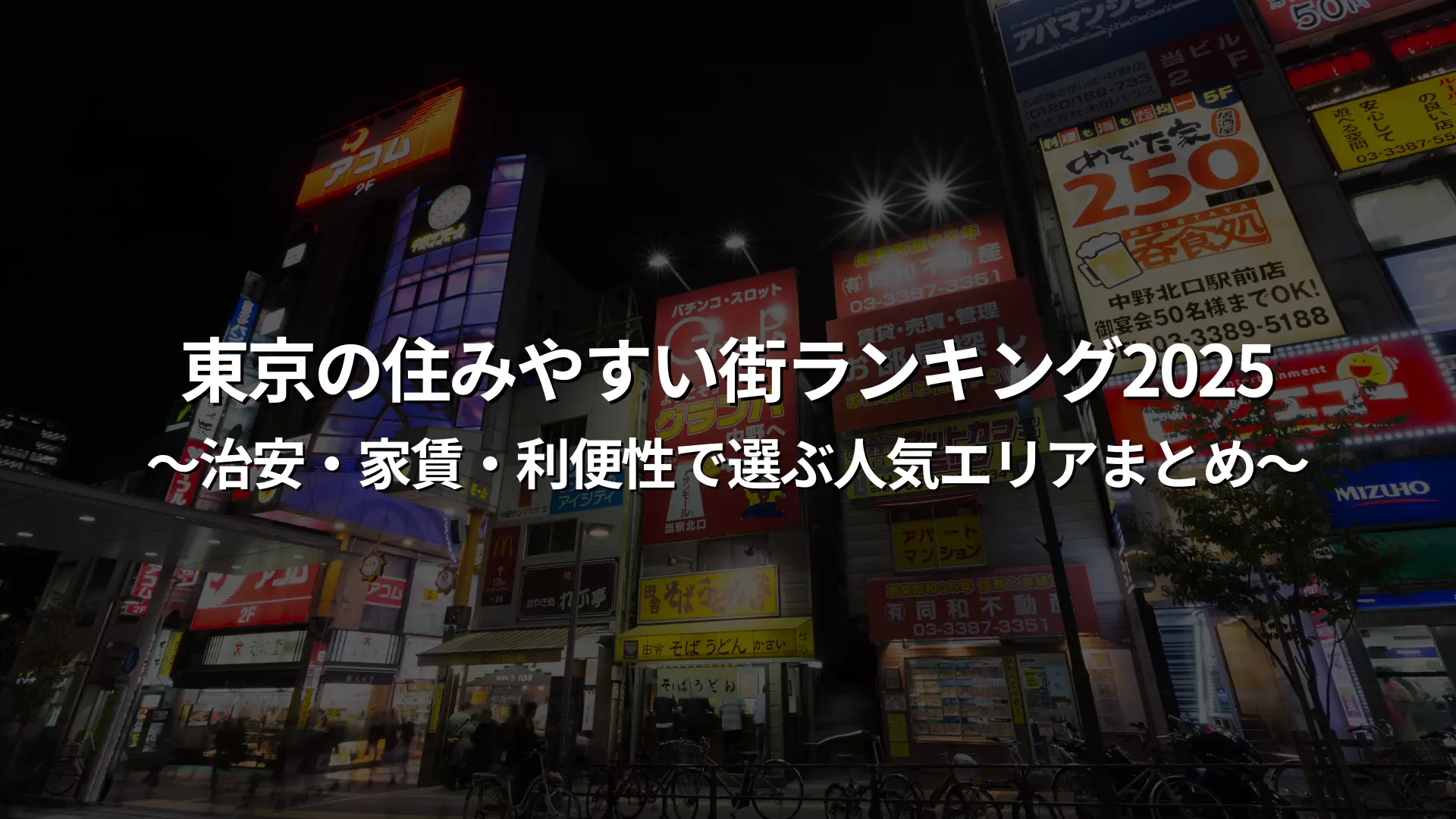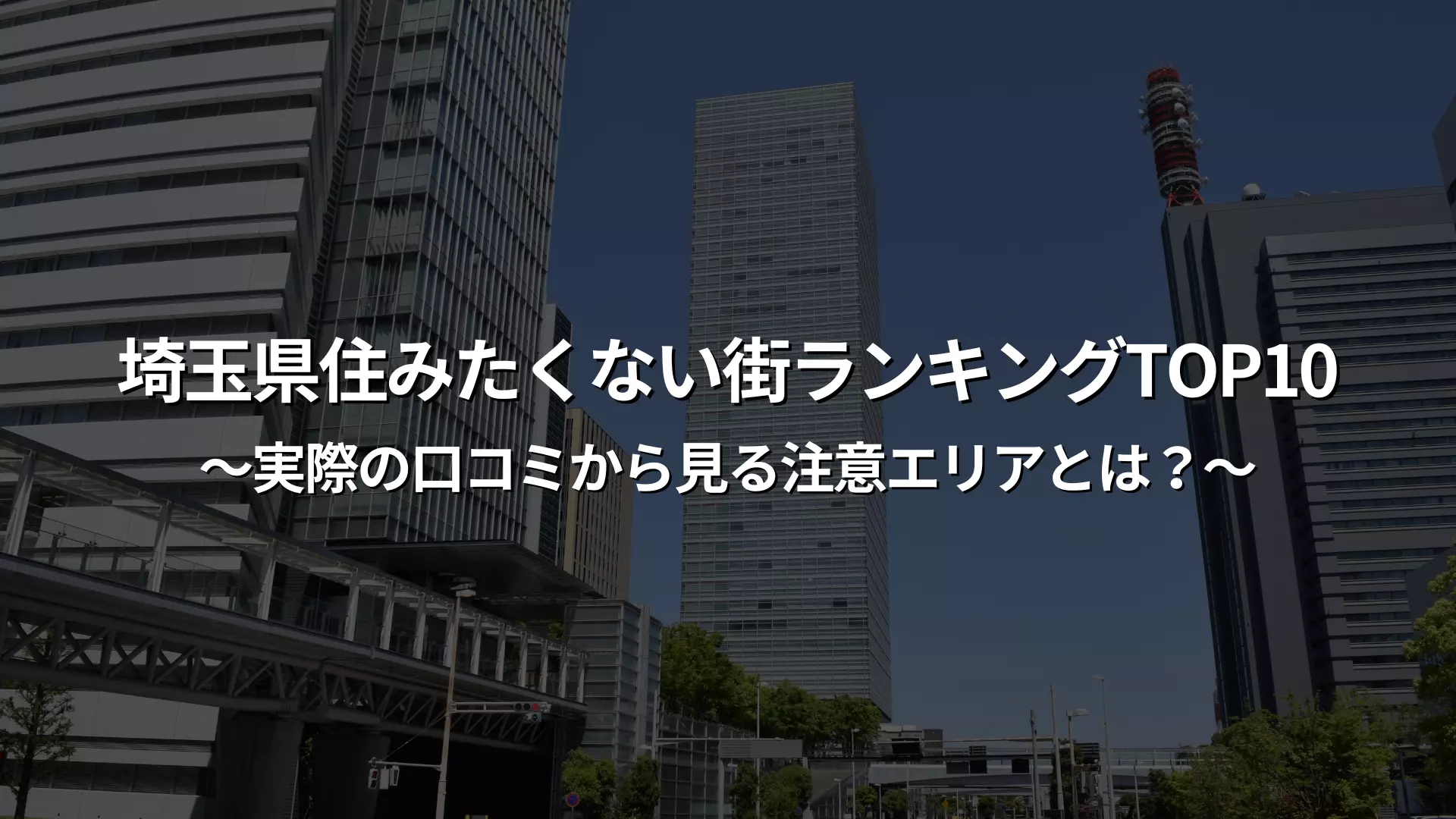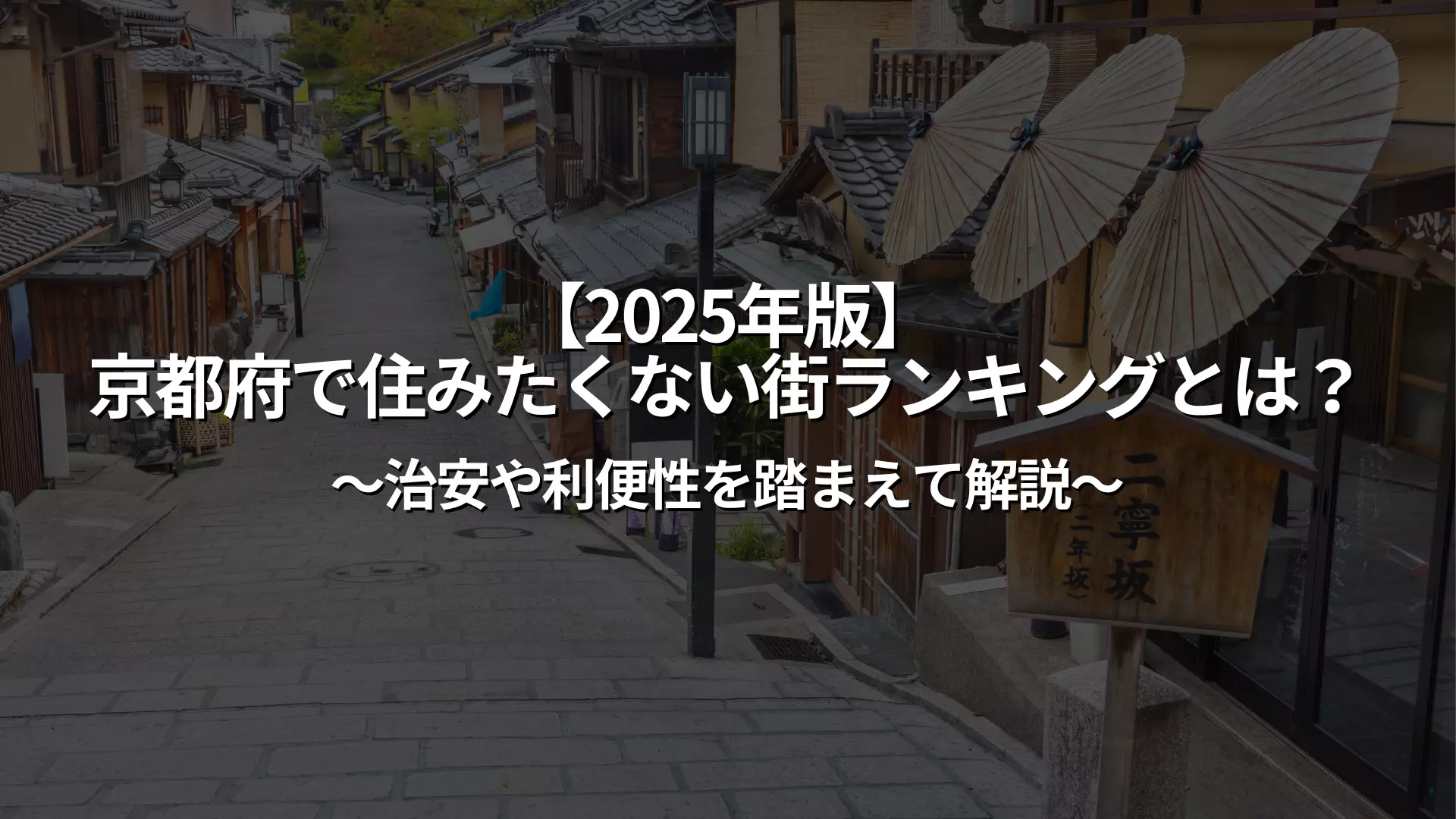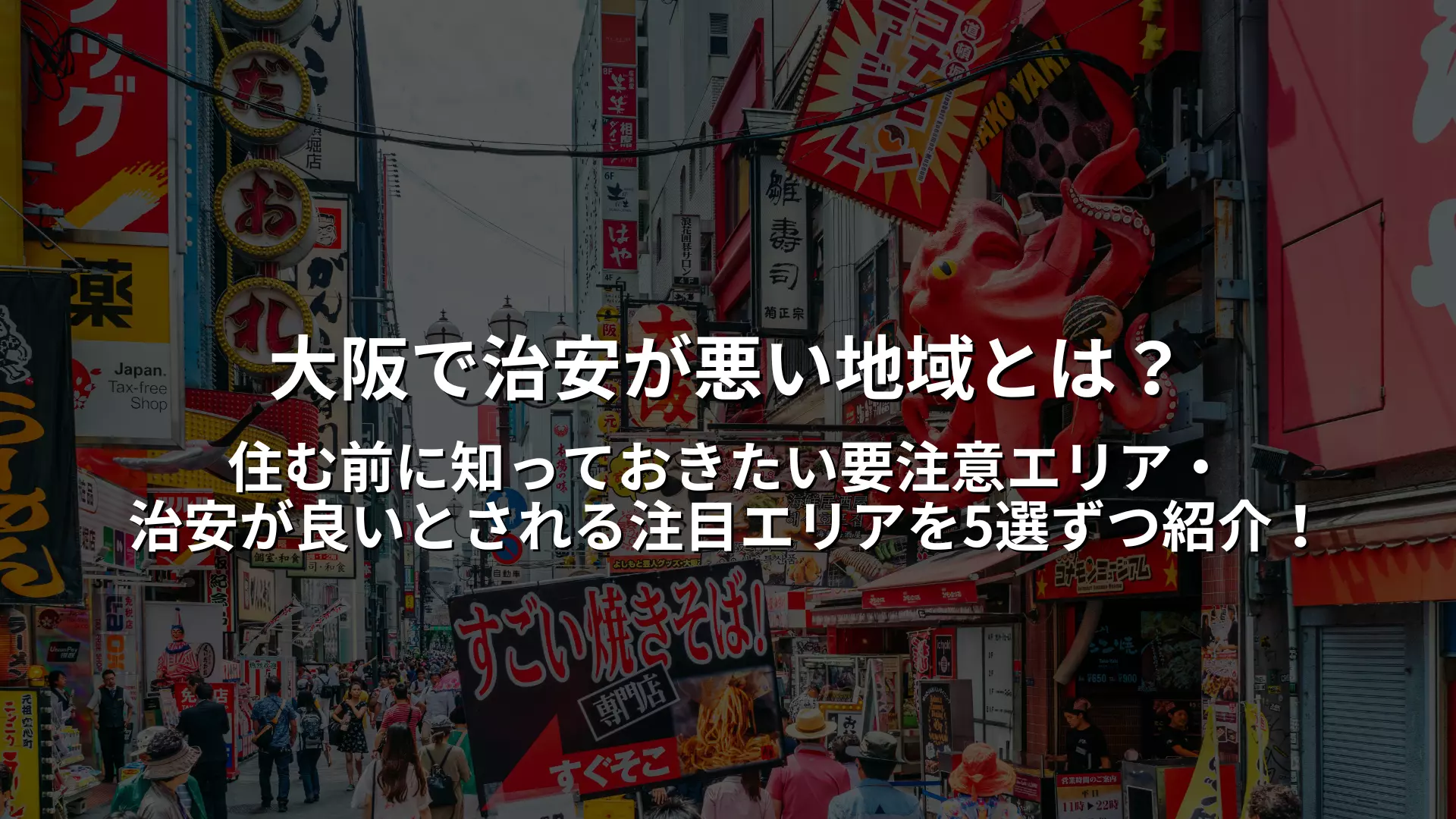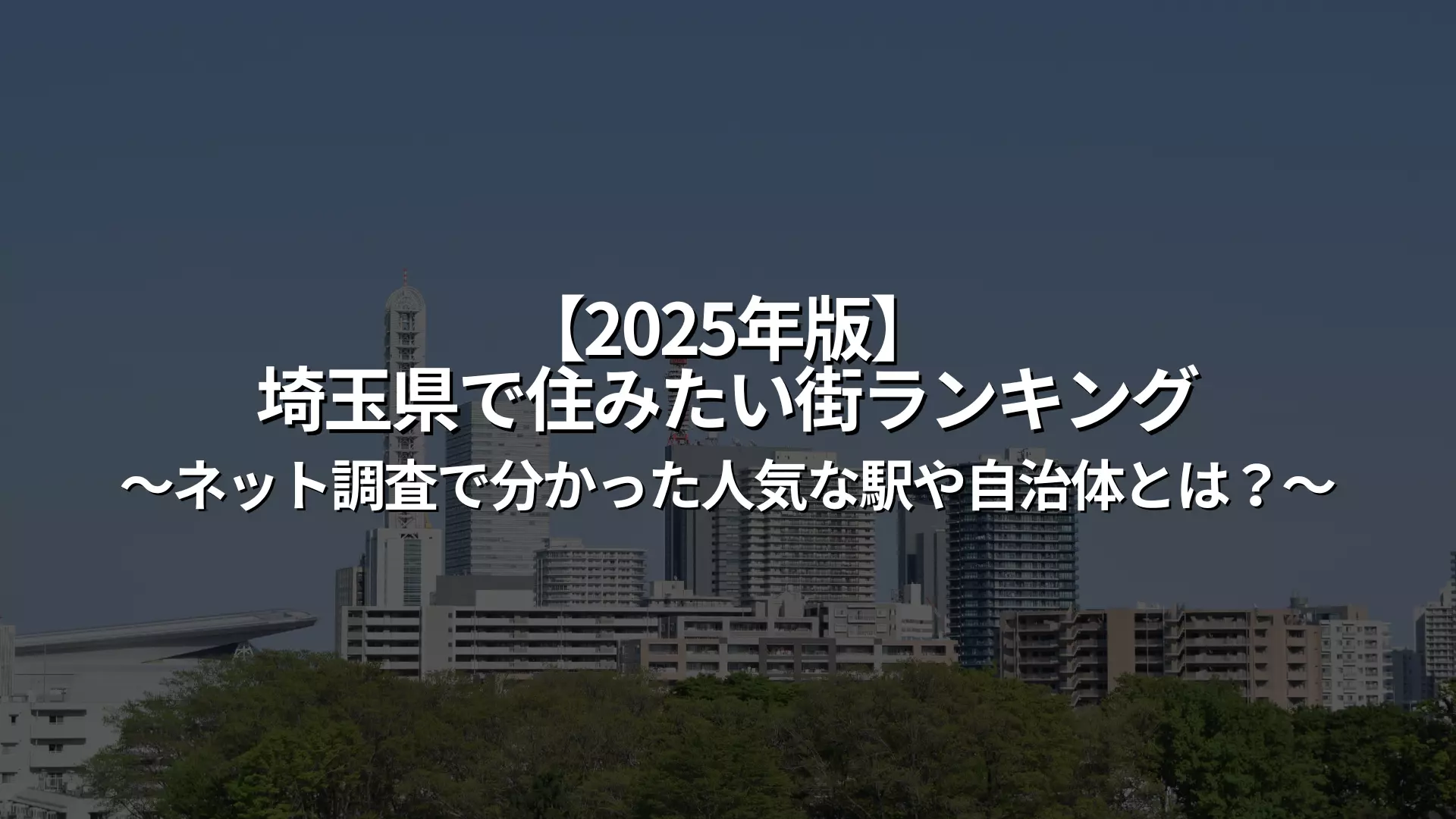Basic information about the Keihin-Tohoku Line
The Keihin-Tohoku Line is a major JR East line that runs north and south from Omiya Station in Saitama Prefecture to Ofuna Station in Kanagawa Prefecture, passing through central Tokyo. Due to its convenience as it traverses the metropolitan area, it is highly popular as a convenient line for commuting to work or school, as well as for shopping and leisure.
The service distance is about 59 km, and it passes through major cities such as Tokyo, Ueno, Shinagawa, and Yokohama on the way, so it is perfect for those who prioritize access to the city center. In addition, it also operates express trains, so it is attractive that you can commute to the city center smoothly even from far away.
Along the line there are terminal stations with plenty of commercial facilities as well as stations with a relaxed residential atmosphere, making it a line that can cater to a wide range of needs, from single people to families.
In this chapter, we will introduce detailed route information for the Keihin-Tohoku Line.
Keihin Tohoku Line route information
The Keihin-Tohoku Line is a major JR East line that connects Omiya (Saitama) to Ofuna (Kanagawa). It is a popular commuter and school route, and many people use it. Below, we have summarized information such as the comfort of the commute, the first and last trains, and the number of trains.
Congestion situation (rush hour)
- Crowding rate: Approximately 186%
- Customer Satisfaction: ★★☆☆☆ (2/5)
- The morning rush hour is extremely crowded, making it difficult to move around. The section between Ueno and Tokyo is particularly congested. If you want to commute while sitting, we recommend living near the starting station.
First train time
- Omiya Station: Departure 4:29
- Ofuna Station: Departs at 4:43
- Satisfaction level: ★★★★★ (5/5)
- The first trains depart early in the morning, making them convenient for those commuting to work or going to the airport. If you catch the first train, you have a higher chance of getting a seat.
Last train time
- Omiya Station: Departs at 0:30
- Ofuna Station: Departs at 0:09
- Customer Satisfaction: ★★★★☆ (4/5)
- The last train is relatively late, so it's easy to get home from work or after a drinking party. It's also a convenient route to use on your way home from the city center.
Number of trains during rush hour
- Omiya Station: 1 train every 3 to 4 minutes
- Ofuna Station: 1 train every 5 minutes
- Customer Satisfaction: ★★★★☆ (4/5)
- During the morning and evening rush hours, trains run every few minutes, so there is almost no waiting time. This is a very convenient system for traveling to the city center.
Characteristics of the Keihin-Tohoku Line
The Keihin-Tohoku Line is a convenient JR line that runs north and south through the Tokyo metropolitan area. It is a popular line for daily use such as commuting to work or school, and also as a relocation destination. Here, we will introduce the unique features of the Keihin-Tohoku Line in three points.
The Keihin-Tohoku Line is convenient for commuting to work or school
The Keihin-Tohoku Line is an important commuter line that connects Saitama, Tokyo, and Kanagawa. It passes through major terminal stations such as Tokyo Station, Shinagawa Station, and Yokohama Station, so it has excellent access to business districts and universities. Some stations are served by the Shinkansen, so it's also convenient for traveling long distances.
In addition, there are "express trains" during the day, so you can travel smoothly even from far away. Although it can get a little crowded, there are many trains, making it very convenient for commuting to work or school.
There are many livable areas along the Keihin-Tohoku Line
While the Keihin-Tohoku Line covers major terminal stations such as Tokyo Station and Shinagawa Station, there are many towns along the line that are both convenient and easy to live in, such as Oimachi, Kamata, Yono, Kawaguchi, and Tsurumi. There are plenty of amenities around the stations, such as supermarkets, drugstores, and restaurants, making them popular with a wide range of people, from single people to families.
In addition, the average rent in these areas is relatively reasonable compared to areas along the Yamanote Line, making it perfect for people who are looking for a home that is cost-effective. If you commute to the city center, it's a good idea to look for an easy-to-live-in area on the Keihin-Tohoku Line.
The Keihin-Tohoku Line trains run early in the morning.
A major attraction of the Keihin-Tohoku Line is that the first trains depart very early.
For example, the first train leaves Omiya Station at 4:29am, and the first train leaves Ofuna Station at 4:43am.
It is convenient for people who go to work early in the morning or who need to get to the airport, and is also recommended for people who want to live a lifestyle that is not bound by time.
Search for a room
Only furnished properties with appliances are listed!
Top 5 towns to live in on the Keihin Tohoku Line
Along the Keihin-Tohoku Line, there are many attractive towns that offer good access and convenience for daily life. Here, we will introduce the top 5 most popular "towns where people want to live" in a ranked format.
No.1 Kawasaki
Kawasaki is a popular area with a good balance of transportation access, shopping environment, and redevelopment. In addition to the Keihin-Tohoku Line, the area is also served by the JR Tokaido Line and Nambu Line, making it an area with easy access to both Tokyo and Yokohama.
In front of the station are large commercial facilities such as Lazona Kawasaki Plaza, offering plenty of shopping and dining options. This popular town is truly "all-round" and combines convenience and livability.
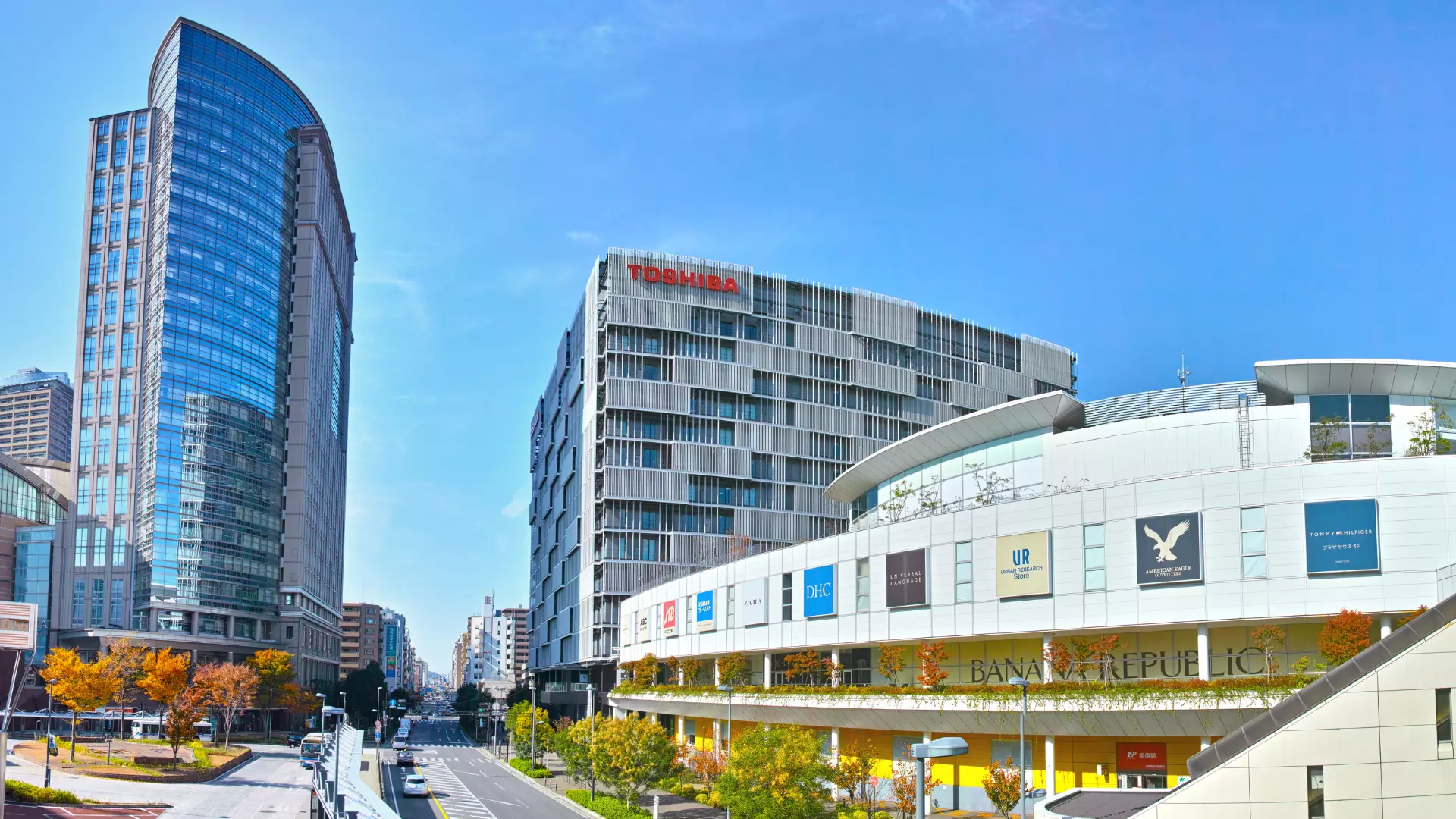
2nd place Omiya
Omiya, the largest terminal station in Saitama Prefecture, is the starting point of the Keihin-Tohoku Line, making it convenient for commuting to work or school, and it also has a wide range of shopping facilities. It is also served by multiple Shinkansen and train lines, making it easy to travel to other regions and the city center.
The area around the station is lively, but if you go a little further away, you will find a quiet residential area, making it a recommended town for both single people and families. The average rent is also relatively cheaper than in the city center. This is an area recommended for those who want to live comfortably without having to worry about rent.
3rd Place: Tsurumi
Tsurumi is gaining popularity as a hidden gem of an area within Yokohama City that is easy to live in. Located halfway between the city center and Yokohama, it has excellent commuting access. Tsurumi is located about 7 minutes from Yokohama Station! The area around the station is a quiet residential area, making it an easy place to live for single women and families. It also has a low crime rate compared to the surrounding areas, making it a popular area for its good public safety.
There are supermarkets and restaurants in front of the station, making it an easy place to live. The average rent is lower than in central Yokohama, so it is especially recommended for those who value value for money.
4th place Oimachi
Oimachi is very convenient, being only one station away from Shinagawa. You can also take the Rinkai Line and Tokyu Oimachi Line, making it very easy to get to various parts of Tokyo.
Redevelopment is underway, and commercial facilities such as "Atre" and "Ito Yokado" have been established around the station. This is an area where you can enjoy a sophisticated lifestyle that combines tranquility with urban functions.
No.5 Kamata
Kamata is a town that still retains the bustle of its shopping streets and the warmth of a traditional downtown area. It is also conveniently located on the Keihin Tohoku Line, Tokyu Ikegami Line, and Tamagawa Line.
There are plenty of restaurants and supermarkets around the station, so you won't have any trouble with daily life. It's also easy to live alone, and the rent is relatively low for Tokyo, which is another plus point.
Staff's pick! Top 5 recommended stations
Our staff has compiled a ranking of the "best stations on the Keihin-Tohoku Line," selected based not only on ease of living but also on convenience and the charm of the city.
We have picked stations that are convenient in many ways, including for commuting to work or school, shopping, entertainment, and transportation access.
No.1 Tokyo Station
Tokyo Station is the well-known transportation hub of Japan. It is a super terminal station where the Shinkansen, subways, and many JR lines converge, and has excellent access to the whole country.
Not only are there office buildings in the surrounding area, but the redevelopment of the Marunouchi and Yaesu areas is also progressing, and there are plenty of high-end shops and restaurants. This station has it all: convenience, a sophisticated streetscape, and accessibility.
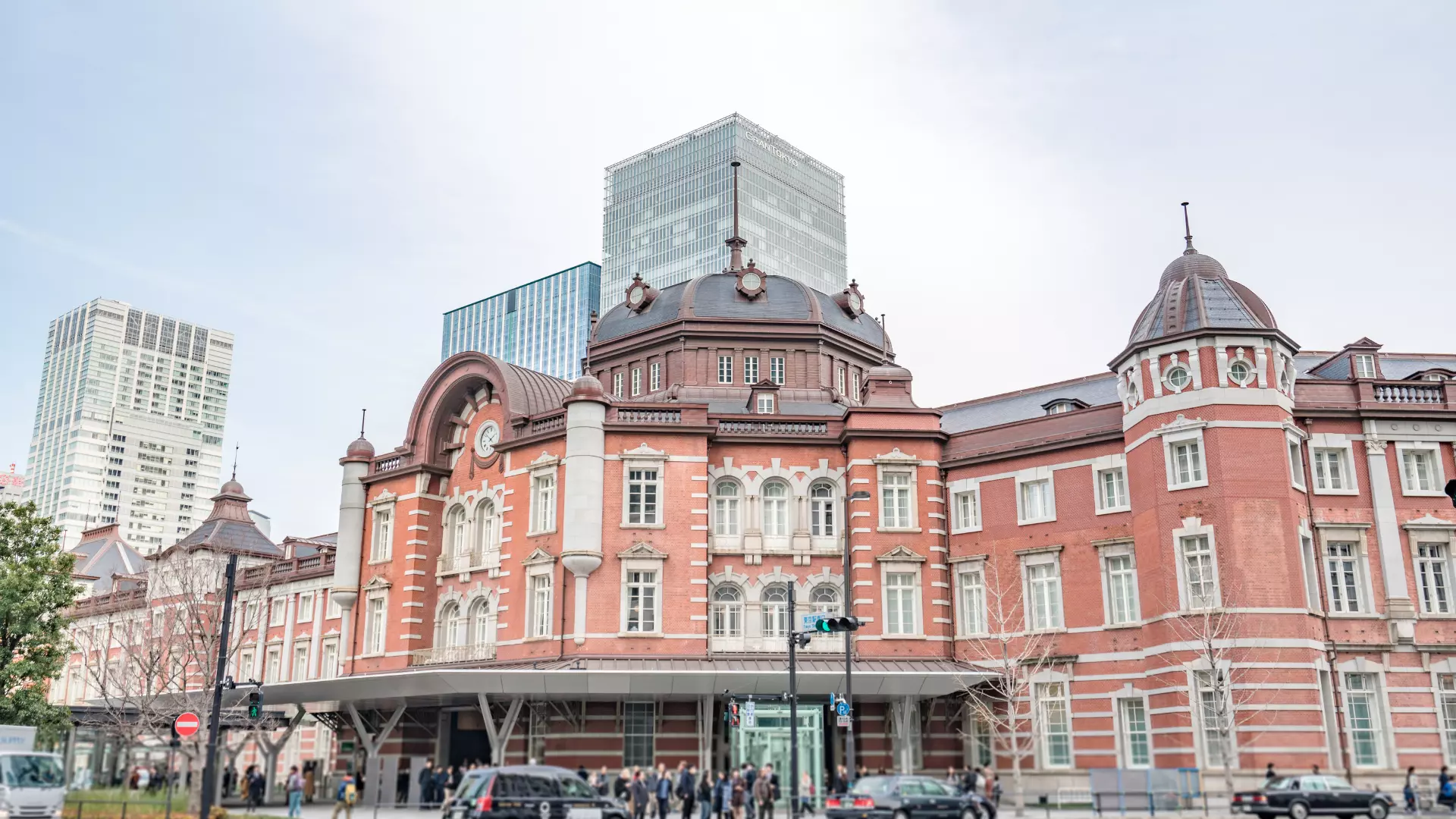
No. 2 Akihabara Station
Akihabara Station is a station with many different charms, with its face as an electronics district and its stylish, redeveloped side. In addition to the Keihin-Tohoku Line, you can also use the JR Yamanote Line, Sobu Line, and Tsukuba Express.
With an abundance of shopping and dining options and a gradually improving public safety situation, the station is popular with single people looking for convenience.
No.3 Ueno Station
Ueno Station is a large terminal located in a city where culture and nature blend together. In addition to relaxing spots such as the zoo, art museums, and parks, the area is also home to lively shopping streets such as Ameyoko. With so many tourist attractions, it's an area where you can easily spend an entire day.
The station is easily accessible via the Shinkansen and Joban lines, and is highly regarded as a place where you can enjoy your holidays.
No.4 Yokohama Station
Yokohama Station is a large station representing Kanagawa Prefecture, and is home to many department stores and fashion buildings, making it an ideal area for shopping and dates.
In addition to the Keihin-Tohoku Line, numerous other lines can be used from the station, including the Tokyu Line, Minatomirai Line, and Sotetsu Line, making it a popular station not only for commuting to work or school, but also for leisure.
No.5 Yurakucho Station
Yurakucho Station is close to Ginza and Hibiya, making it an excellent location for people working in the city center. It is on the Keihin-Tohoku Line and the Yurakucho Line, making it very accessible.
There are movie theaters, large shopping malls, stylish cafes and restaurants around the station, and the elegant streetscape is perfect for adults who want to live in the city center.
The old-fashioned izakayas under the railway tracks attract not only office workers but also young women and tourists.
It's within walking distance from Tokyo Station, so it's a great place to drop in on a day off.
Search for a room
Only furnished properties with appliances are listed!
Recommended properties along the Keihin Tohoku Line
Not only is the Keihin-Tohoku Line easily accessible, there are many areas with good living environments, and there are plenty of shared houses and properties for single people.
In this chapter, we will introduce carefully selected properties that are close to stations, have good value for money, and are recommended for those living alone for the first time.
TOKYO β Omori (formerly Cross Omori 2)
TOKYO β Omori (formerly Cross Omori 2) is a share house located a 10-minute walk from Omori Station on the JR Keihin Tohoku Line. It has good access to the city center, with direct access to Shinagawa Station in 6 minutes and Tokyo Station in 20 minutes.
This share house property is very convenient for commuting to work or school. It comes with furniture and appliances, so you can start your new life with just one suitcase. The common areas are well-maintained and cleaned, providing a safe and secure living environment. This property is recommended for those who want to live a convenient life near the station while keeping costs down.
TOKYO β Tachiaigawa 2 (formerly SA-Cross Oimachi 2)
TOKYO β Tachiaigawa 2 (formerly SA-Cross Oimachi 2) is a 14-minute walk from the nearest Oimachi Station on the JR Keihin Tohoku Line, Rinkai Line, and Tokyu Oimachi Line, or a 9-minute walk from Tachiaigawa Station on the Keikyu Main Line.
We are particular about security and cleanliness so that even first-time sharehouse residents can move in with peace of mind. The interior has a natural and calm design, and private space is properly secured. There is good access to the city center, and there are many supermarkets and cafes around the station, making it perfect for women who want a stylish and convenient lifestyle.
summary
The Keihin-Tohoku Line is a highly convenient line that connects Saitama, Tokyo, and Kanagawa, making it easy to commute to work or school, and it is also an excellent place to live. There are many popular and livable areas such as Kawasaki, Omiya, and Oimachi, and the average rent is relatively reasonable.
There are many convenient facilities around the station, and there are plenty of properties that are safe for women and those living alone for the first time. If you value the balance between accessibility and ease of living, we recommend looking for a home along the Keihin-Tohoku Line.

